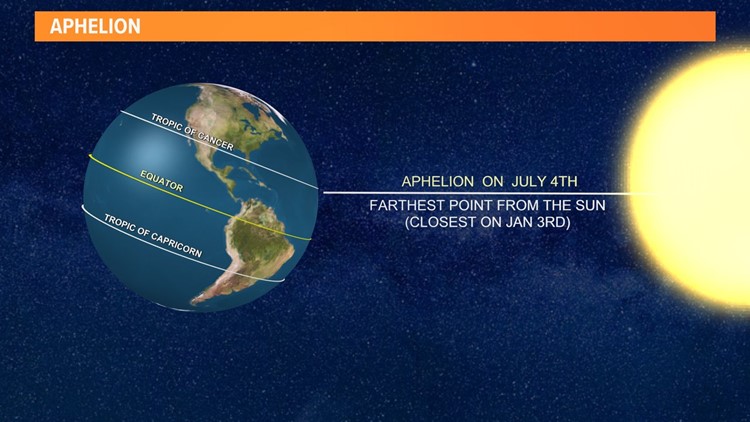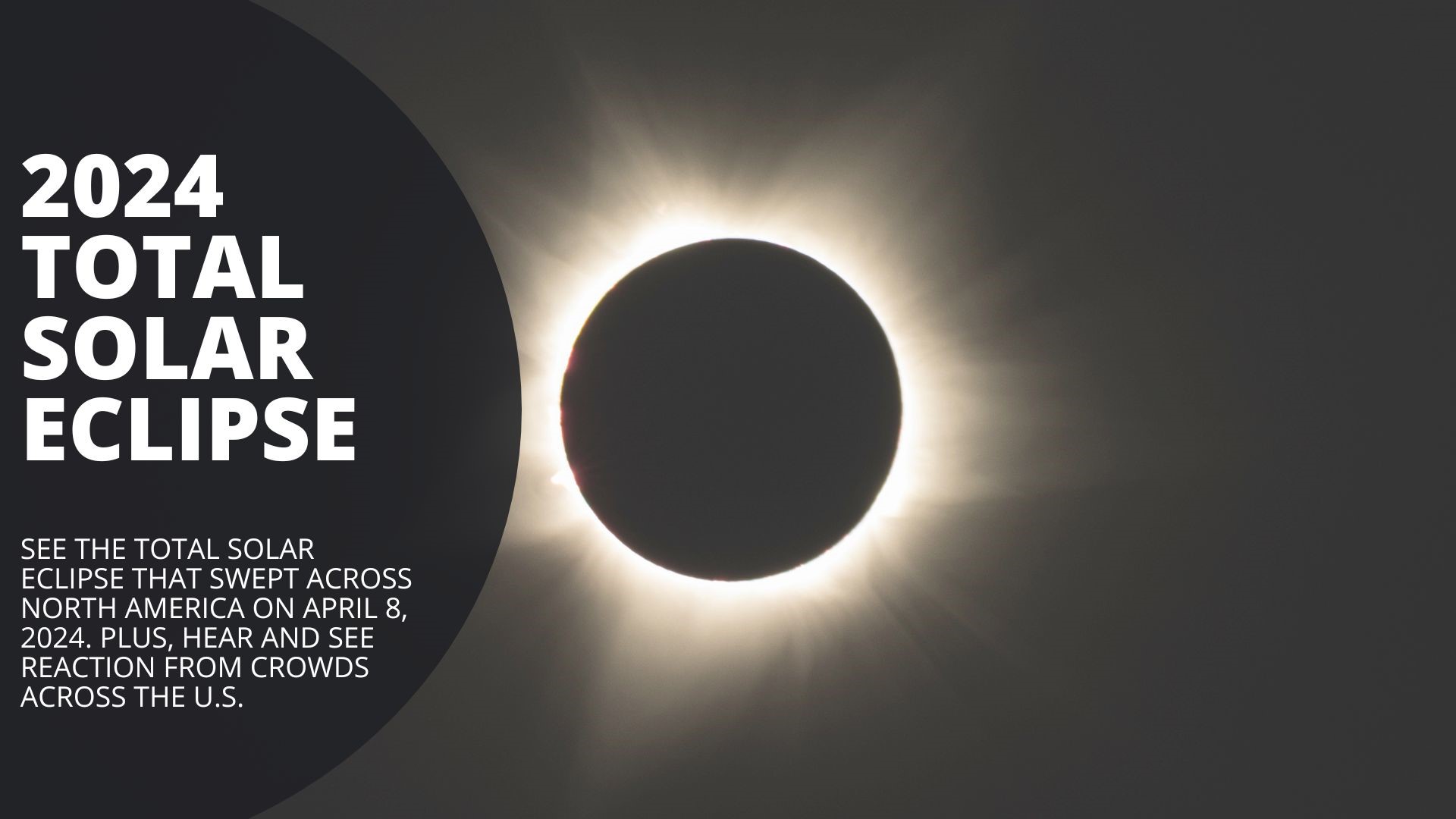BOISE, Idaho — July in Idaho may be the hottest month of the year, but it is also the time of year when Idaho is farthest from the sun, an astronomical event called aphelion.
On average, the earth is about 93 million miles from the sun, but the earth's orbit around the sun is not a perfect circle. Instead, it is more of a slight ellipse.
As a result, the earth is nearly 1.5 million miles farther from the sun around July 4th at aphelion, and about 1.5 million miles closer to the sun around January 4th, which is called perihelion.
The change in distance from the sun, however, has no noticeable effect on temperatures. Aphelion happens to occur during the northern hemisphere summer, which averages about 2.3° C. warmer than the southern hemisphere, despite slightly less solar radiation due to the increased distance from the sun.
There are more large land masses in the northern hemisphere, which are easier to heat than the oceans.
Aphelion and perihelion do not have a noticeable effect on the earth's seasons, which change due to the tilt of the earth's axis.
Because the earth is farther from the sun at this time of year, the earth's orbital speed is slightly slower from the June solstice to the September equinox, and slightly faster from the December solstice to the March equinox when the earth is closest to the earth.
As a result, northern hemisphere summers are slightly longer (92 days) than southern hemisphere summers (90 days).
Watch more Local News:
See the latest news from around the Treasure Valley and the Gem State in our YouTube playlist:



